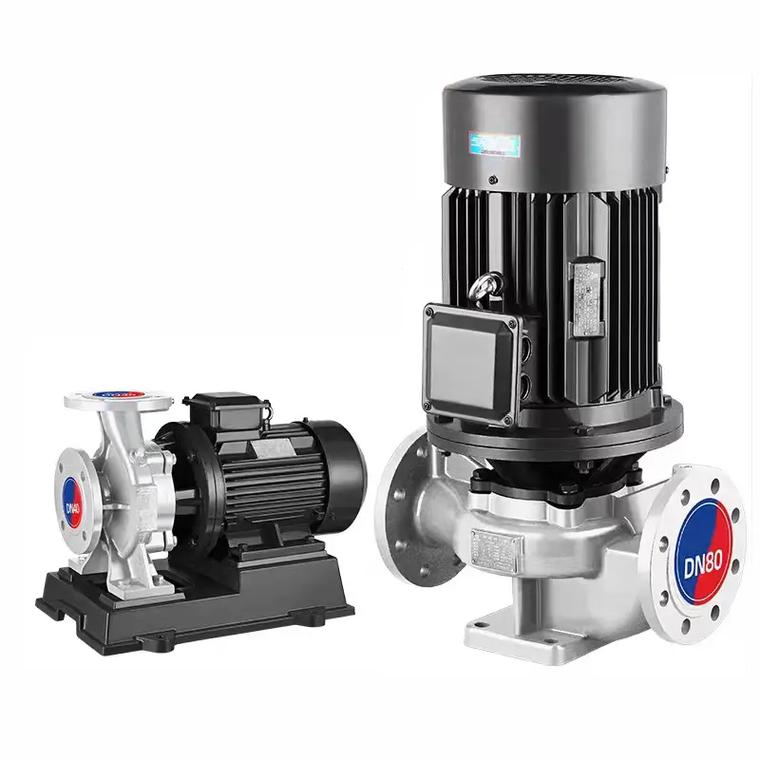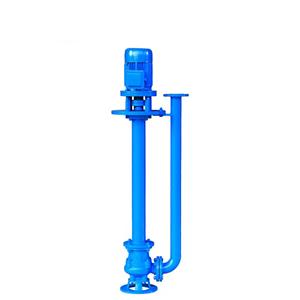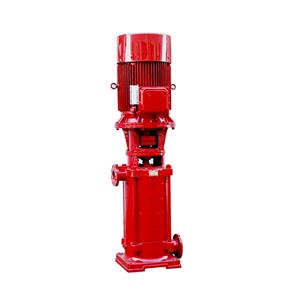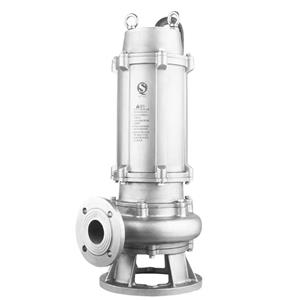Vertical vs. Horizontal Pumps: Choosing the Right Tool for the application
Vertical vs. Horizontal Pumps: Choosing the Right Tool for the Job
The selection between vertical and horizontal pumps is a critical engineering decision impacting efficiency, maintenance, and space utilization. As highlighted in the illustrative comparison image featuring side-by-side pump examples, these configurations serve distinct purposes despite sharing core pumping principles.

The Horizontal Pump: Workhorse of Versatility
(Image Reference: Pump on the left)
Design: Characterized by its shaft-driven motor coupled horizontally to a volute casing with prominent flanges (DN80 shown). Its structure sits low on a base plate.
Key Applications:
Industrial Processes: Widely used in chemical plants, refineries, and power generation for general fluid transfer (coolant, process chemicals, treated water).
Agriculture & Irrigation: Handles large volumes of water, often including mild abrasives, efficiently over long distances.
High-Flow/Demanding Fluids: Suitable for fluids with solids or moderate viscosity due to robust design and accessible casing.
Maintenance-Critical Sites: The horizontal layout offers unparalleled accessibility to shaft seals, bearings, and the impeller (features like "CLEAN" and "DRY" labels hint at maintenance protocols), minimizing downtime.
Advantages: Ease of maintenance, robust construction for demanding duties, versatile installation (suction lift or flooded), wide range of materials available.
The Vertical (In-Line) Pump: Space-Saving Specialist
(Image Reference: Pump on the right)
Design: Features a compact motor stacked vertically above the pump casing ("ON/OFF" control visible), with inlet and outlet flanges (DN80 shown) typically in line for straight-pipe installation.
Key Applications:
Space-Constrained Environments: Essential in HVAC mechanical rooms, skid-mounted systems, tight basements, and retrofit projects due to minimal footprint.
Booster Systems: Provides critical pressure boost in multi-story buildings (domestic water supply) and municipal water networks.
Tank Suction/Submersion: Ideal for pumping directly from sumps, tanks, or reservoirs where the pump can be submerged or positioned for minimal suction lift (beneficial for Low NPSHA - Net Positive Suction Head Available).
Closed Circuit Circulation: Highly efficient for circulating water in chillers, heating systems, and industrial process loops where pressurized suction is present.
Advantages: Extreme space efficiency, simpler piping layouts (inlet/outlet aligned), suitability for low NPSHA situations, potential for quieter operation in some models.
Choosing the Right Pump: Beyond the Label (DN80)
While both pumps in the image share the same nominal flange size (DN80), their suitability diverges dramatically based on the application.
Space: Choose Vertical pumps where floor space is premium and height is manageable. Choose Horizontal where lateral space is available.
Maintenance: Opt for Horizontal pumps when frequent component access (seals, bearings, impellers) is expected. Vertical units often require partial or full disassembly for internals.
Fluid Source & NPSH: Vertical pumps excel in flooded suction or low NPSHA applications lifted from tanks/sumps. Horizontal pumps are versatile but may need priming systems for suction lift conditions.
Flow & Duty: While flow ranges overlap, large high-flow transfer often leans towards robust Horizontal designs. High-pressure, compact booster service favors Vertical inline types.
Conclusion: Complementary Solutions
The stark visual contrast in the image between the horizontally sprawling volute pump and the compact vertical column underscores their fundamental differences. Horizontal pumps remain the robust, adaptable "workhorses" easily maintained across countless industrial settings. Vertical (in-line) pumps are indispensable "space savers" and specialists for boosting, circulation, and submerged suction where footprint is critical. Neither design is universally superior; the choice depends entirely on the specific demands of space, fluid, system pressure, accessibility, and the need for low NPSH. Understanding these application distinctions ensures optimal performance and long-term reliability.





